If you are an adult with an insecure attachment style, you may have been raised in a chaotic or violent family environment or may have endured years of emotional, physical, sexual, and/or verbal abuse. An insecure attachment style is mainly characterized by an inability to trust others and often includes self-sabotaging behaviors and a chronic sense of low self-worth. This type of attachment is also characterized by difficulties with intimacy, empathy, and emotional expression within significant relationships. Moreover, an insecure attachment style may lead to a sense of disconnection from others, to the point of avoiding relationships and limiting most or all social interactions in general. Three types of insecure attachment in adults are: (1) avoidant attachment style, (2) anxious attachment style, and (3) disorganized attachment style.
Adults with an avoidant attachment style tend to have a strong fear of commitment and a strong need to be alone, so that they do not risk being mistreated or abandoned by someone who they choose to trust. The main underlying causes of an avoidant attachment style are inconsistent parenting and chronic childhood neglect. Avoidant adults were once children who grew up feeling unworthy of consistent care and emotional support. Adults with an avoidant attachment style have become comfortable with a certain way of living, and situations which threaten their safe social isolation in any way are very frightening to them.
Adults with an avoidant attachment style are likely to be insecure, to lack emotional bonding abilities, and to have trouble discerning what they need from a romantic partner. These issues can lead to chronic distress throughout one’s adult life. Avoidant types often prioritize being alone and independent, so that they do not risk the replaying of a traumatic history. They adamantly avoid social situations and cling strongly to their learned behavioral pattern of staying away from intimacy, due to their history of feeling shut out by one or both parents. This isolating existence provides a sense of safety, control, and certainty, which they lacked as children and teens.
A common characteristic among avoidant attachment adults is a lack of awareness about the emotional details of their inner world. These individuals also tend to downplay their greatest strengths and to define themselves by their weaknesses. They use the defense mechanism of avoiding social interactions and romantic relationships, because they struggle with a lack of trust and are very afraid of rejection.
Adults with an avoidant attachment style have learned early in life to avoid closeness and to block out their mental and emotional needs. The avoidant types also tend to have difficulty with communicating assertively in work, social, and academic settings, due to their extreme fear of being criticized, ignored, or rejected.
Adults with an anxious attachment style are always concerned about the stability or security of their relationships. They tend to agonize over the meaning of words or actions from a romantic partner, family member, or close friend. Adults with an anxious attachment style tend to crave constant reassurance from a romantic partner but also test their partner’s loyalty and love. Anxious types are often afraid of being abandoned by their romantic partner, as a result of having abusive or neglectful caregivers

who did not meet their needs. Although they greatly need others to fill their emotional void, they are always in fear of someone trying to control or manipulate them.
With the anxious attachment style, the most common cause is chronic inconsistency in the expression of love and acceptance from one or both parents. The anxiety toward one’s attachment to others results from years of not knowing when a parent will express love or will inflict criticism or rejection. This anxiety also comes from years of experiencing heartbreak and trauma, so much that the child becomes fearful of any type of emotional expression. In sum, severely neglectful, abusive, or inconsistent parenting creates this anxious attachment style, because the child feels responsible for the emotional well-being of one or both parents and grows up in a chronic cycle of guilt and shame for “not being able to help or change” one or both parents.
The disorganized attachment style results from the most severe childhood trauma and/or parental inconsistency. Adults with a disorganized attachment style have a strong desire for intimate connections yet test their romantic partner’s love and put up emotional walls to protect themselves from being rejected or abandoned. They tend to get into romantic relationships and then to leave their partner when they start feeling the vulnerability and fear from their childhood years. This pattern can be very self-destructive and can coexist with other emotionally damaging behaviors, such as substance abuse, staying in abusive romantic relationships, promiscuity, eating disorders, and unstable work behaviors.
Adults with a disorganized attachment style may struggle with emotional awareness and regulation. The root cause of this disorganized attachment style is intense fear, which often results from neglect or trauma during childhood. They tend to have an intense fear of abandonment mixed with an equally strong desire for love and unconditional acceptance, which they craved but either never received or inconsistently received from one or both parents.
Furthermore, the disorganized attachment style is characterized by chaotic romantic relationships, such as being involved with partners who are abusive, controlling, have substance abuse problems, or have mental health issues. Within romantic relationships, an adult with a disorganized attachment style tends to seek frequent reassurance, to demand a lot of time spent together, and to quickly question the loyalty or honesty of one’s partner.
The main underlying causes of all 3 insecure attachment styles are inconsistent parenting, childhood neglect, and/or childhood abuse. All 3 styles share a common bond: intimacy fear. Intimacy fear is a manifestation of a deep, underlying fear of being hurt or rejected. Intimacy is either avoided or plagued with dysfunction in adults with any of these 3 insecure attachment styles. Intimacy is negatively impacted, because insecurely attached adults do not want to feel vulnerable and because they believe that they are unlovable. Therefore, it’s important to work through the painful memories which led to this fear of intimacy.
If you are an adult with one of these insecure attachment styles, it is necessary to learn and to utilize some empowering coping strategies and to understand how your personality was influenced by your childhood experiences. Your abandonment and trust issues can lead to distress throughout your life if you do not bravely accept that you were not responsible for the mistreatment. Most importantly, you must try very hard to start perceiving yourself as worthy of love and to constantly remind yourself that you have the rest of your life to create a new narrative of self-acceptance, well-being, and strength.


